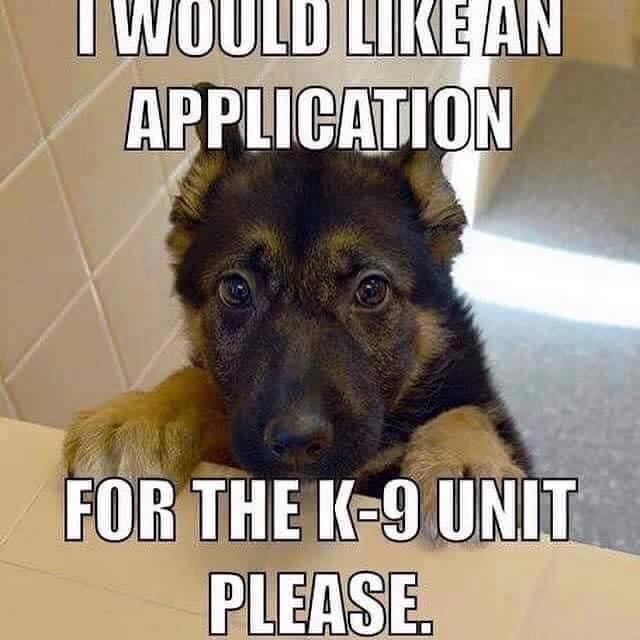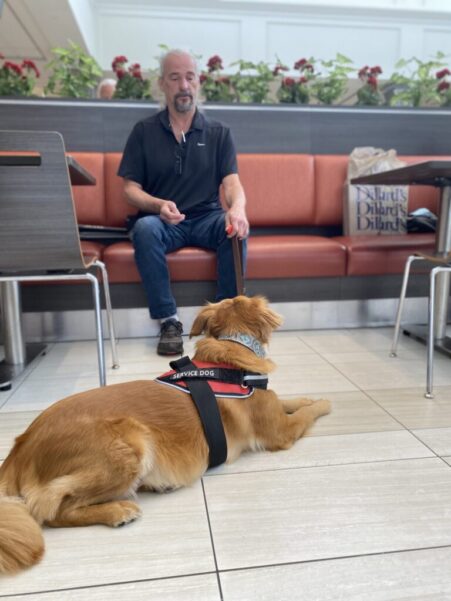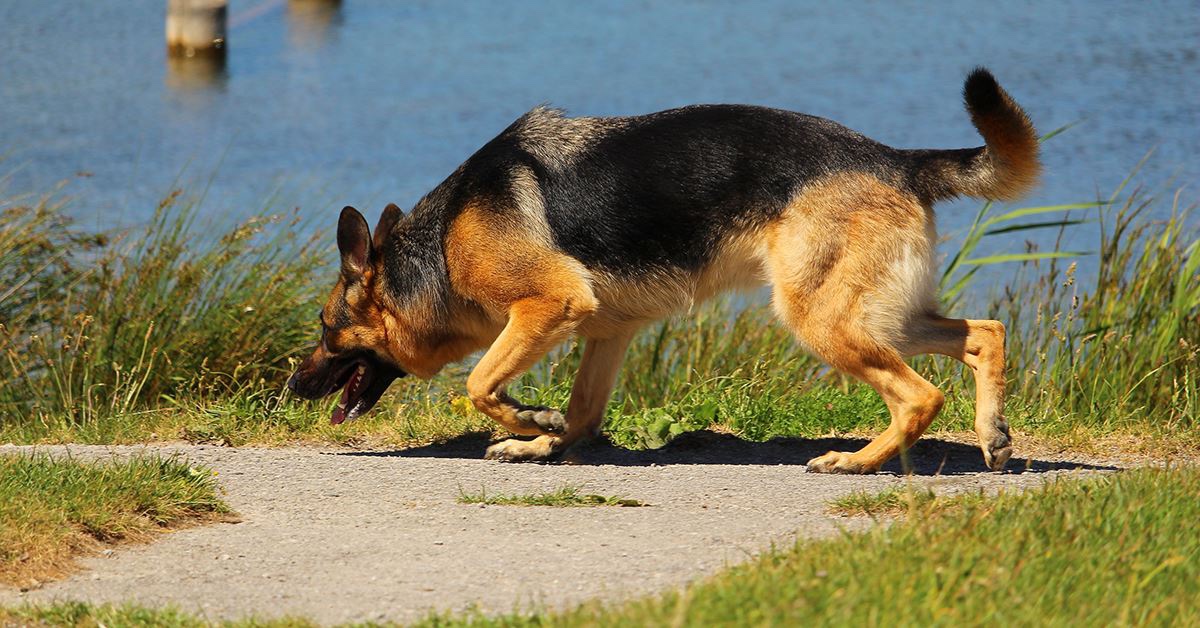Police dogs are a result of a long and tedious process of training both the dog and the officer to operate as a cohesive team. The success of this partnership relies on a clear understanding that the officer is ultimately in command. While your family dog may not comprehend the dangers of the world, it is essential for their safety that you establish yourself as the leader in their environment. Training should be enjoyable and exciting for your dog, becoming the highlight of their day. However, it is crucial to maintain a strong and authoritative role as the commanding officer.
Developing a strong bond and mutual trust between the officer and their K9 partner is fundamental to the success of the team. The training process involves consistent and dedicated effort to build enjoyment and fulfillment within the dog for all the skills they are taught. Positive reinforcement techniques, such as rewards and praise, are used to motivate the dog and reinforce desired behaviors. This creates a positive association with training and fosters a sense of partnership and teamwork between the officer and their canine companion.
While emphasizing the importance of enjoyment and fulfillment for the dog, it is equally vital to emphasize the authority and leadership role of the officer. The officer must establish clear boundaries, enforce obedience, and effectively communicate commands to the dog. This not only ensures the safety of both the officer and the dog but also enhances the effectiveness of their operations. A well-trained and disciplined dog, working in harmony with their officer, can provide invaluable support in various law enforcement tasks such as search and rescue, tracking suspects, detecting narcotics or explosives, and maintaining public order.
The officer’s role as the commanding officer goes beyond maintaining control during operations. They are responsible for the overall welfare and well-being of the dog, ensuring they receive proper care, exercise, and medical attention. This includes making informed decisions regarding the dog’s diet, health, and physical fitness to ensure they are in optimal condition to perform their duties effectively.
It is essential for officers to continually train and develop their own skills in handling and working with police dogs. This includes staying updated on the latest techniques and methods in K9 training, attending regular training sessions with their dogs, and engaging in ongoing professional development. By enhancing their knowledge and expertise, officers can strengthen their bond with their K9 partners and effectively address any challenges that may arise in the field.
In conclusion, the training and teamwork involved in K9 units are essential for ensuring officer safety and optimizing the performance of police dogs. Establishing a strong partnership based on trust, respect, and clear communication allows officers to effectively lead their K9 partners. While training should be enjoyable for the dog, it is equally important for the officer to assert their authority and maintain their role as the commanding officer. Through this balanced approach, K9 units can achieve remarkable results in various law enforcement operations while prioritizing the safety and well-being of both the officers and their canine companions.






